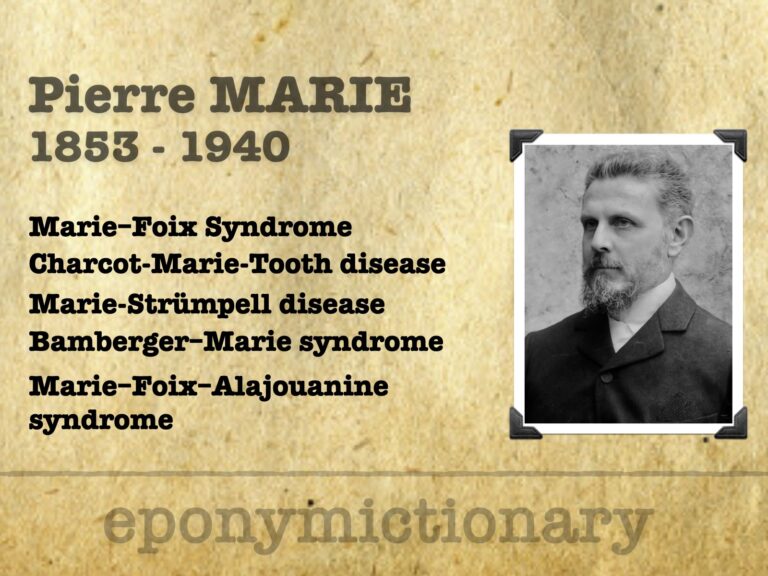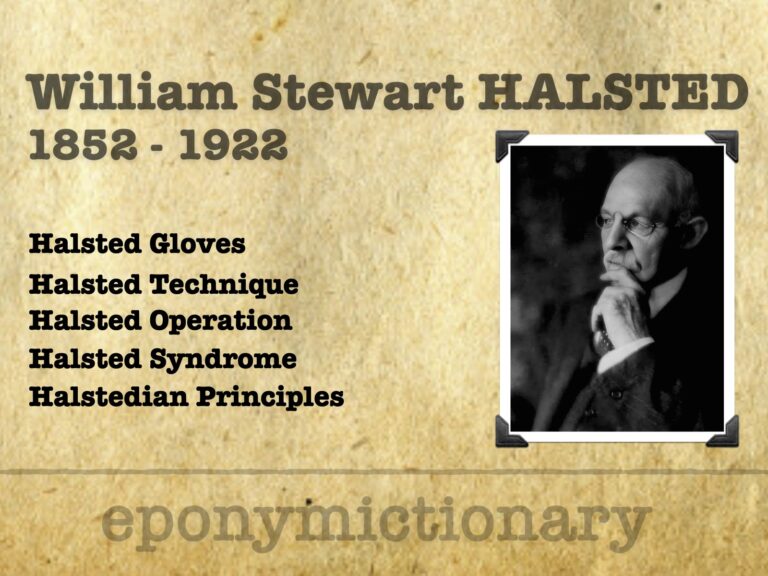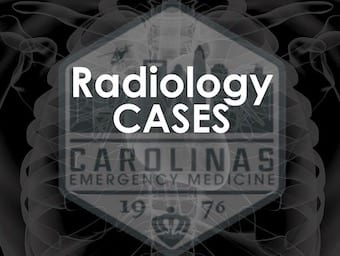
Emanuel Libman
Emanuel Libman (1872–1946), American internist who co-described Libman-Sacks endocarditis and revolutionised diagnostic medicine at Mount Sinai.

Emanuel Libman (1872–1946), American internist who co-described Libman-Sacks endocarditis and revolutionised diagnostic medicine at Mount Sinai.

Unrecognised oesophageal intubation: frequency, causes, prevention, recognition, action to take, & confounders. Derived from PUMA guidelines.

François Dessertenne (1917–2001), French cardiologist who coined torsades de pointes in 1966, advanced ECG-based arrhythmia diagnosis with lasting impact.

Description of the airway assistant role in the ANZ critical care setting, including responsibilities, tips and pitfalls for newcomers to the role.

Erythema infectiosum (fifth disease), is a common manifestation of infection in children characterized by low-grade fever, malaise, facial rash, and later by the spread of a lacy maculopapular rash involving the trunk and limbs.

Suspended animation is defined as the therapeutic induction of a state of tolerance to temporary complete systemic ischaemia

Pierre Marie (1853–1940), French neurologist and endocrinologist; defined acromegaly, described progressive aphasia, and helped shape modern neurology.

Pharmacology of Semaglutide, the Glucagon-like peptide-1 (GLP-1) receptor agonist. Incretin mimetic and Antidiabetic agent

Jean-Alexandre Barré (1880–1967). French neurologist ; co-described Guillain–Barré syndrome; pioneer in vestibular neurology and semiology; eponyms include Barré test and Barré–Liéou syndrome.

Critical evaluation of continuous infusion of beta-lactam antibiotics (rather than intermittent dosing) in critically ill patients.

William Halsted (1852–1922), pioneering American surgeon, revolutionized surgery with aseptic technique, anesthesia, gloves, and the residency training model.

Xray and ultrasound (POCUS) evaluation of integrity of quadriceps tendon, patella tendon, and patella evaluating for tendon rupture and patella fracture.